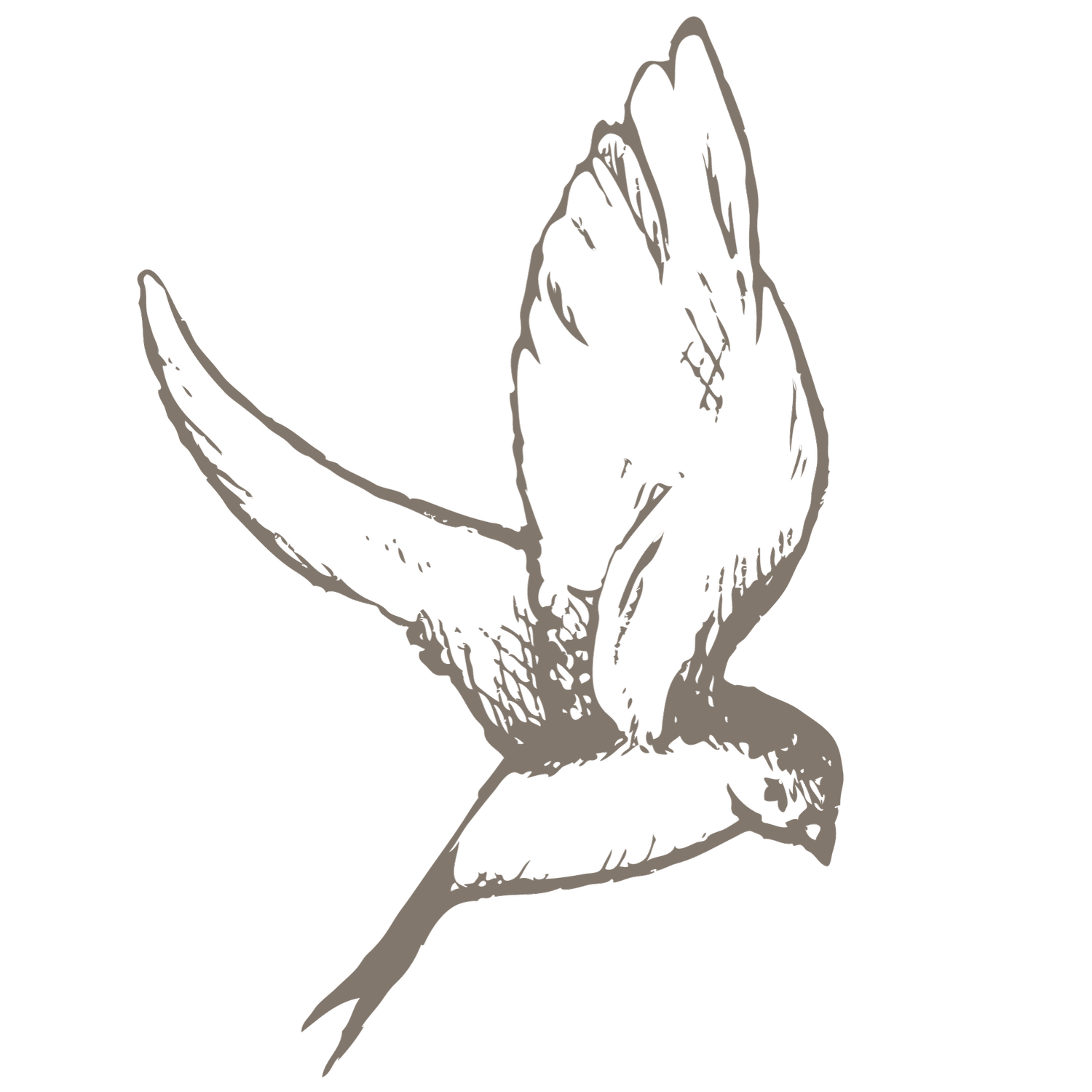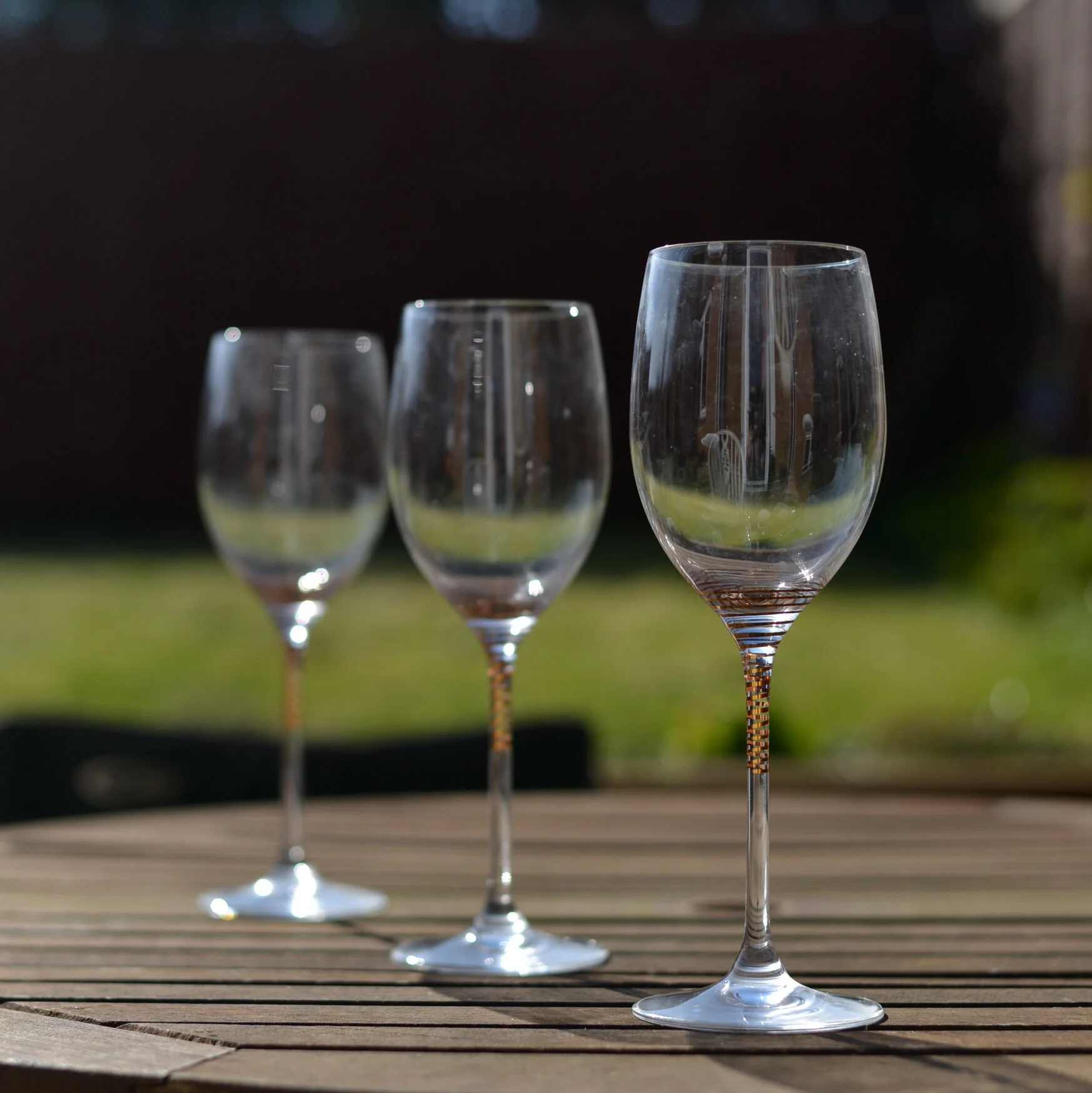Manual Settings: Getting The Most From Your Camera
I have a lot of people ask me how to take better photographs so I thought it might be helpful to share my thoughts on getting the most from your camera. In this post I will explain the limits of shooting in auto mode, go through basic manual settings including shutter speeds, ISO and aperture, and show how you can use these to take your photos to the next level.
Why Manual?
First of all theres nothing wrong with auto mode, it just means you won’t necessarily be getting the most out of your camera. When you use auto the camera is choosing the settings for you to create the best exposure possible. This is great for everyday shooting but it wont allow you to achieve certain desired effects, especially if you are taking a portrait or shooting something that is fast moving. It also means the camera may struggle in conditions that aren’t ideal, such as low lighting.
To compensate for low light, the camera will increase the ISO dramatically, which can cause grain in the photos. It will also choose a lower shutter speed, so if you are handheld you will start to see motion blur appear in your images. The photos won’t come out consistently either. As you take each photo, the camera is constantly evaluating the light and therefore the settings will be changing frequently. So in one image you could have everything in focus, and the next may only have the foreground in focus. If this presents an issue for you, then mastering manual settings are definitely the way forward. And it’s really simple to do once you’ve mastered the exposure triangle. This is a good representation of one that I found at Fstoppers.
Now the exposure triangle is what enables you to play around with the settings whilst keeping your image properly exposed. In the triangle we have shutter speed, aperture and ISO. By changing one of these three settings you will effect the other two. All three settings need to be balanced in order to create ‘correctly’ exposed photographs. For example, if you increase the shutter speed, you will likely need to decrease the aperture, and visa versa. The setting you alter first will depend on the subject you are photographing and whether it is still or moving.
Shutter Speed
Shutter speed is as it sounds; it’s the speed at which the photo is taken. It’s measured in fractions but basically the higher the number, the quicker the photo is taken. In these examples we have a photo taken at 1/25 (slower shutter) on the left and a photo taken at 1/100 (faster shutter) on the right. You can see how much sharper the right image is as the shutter is quicker at capturing a moving object. Whereas in the first image, the subject has so much motion blur that its almost abstract.
You can use shutter speed to your advantage though to create a certain atmosphere in your images. For example using a slower shutter speed on the left image was a creative choice as the band I was photographing were very energetic and I wanted to portray that in the images. In the right photo, the show was a lot more relaxed and the lighting had been purposefully designed and choreographed so I wanted to use a much faster shutter speed to show this.
If you use a tripod then you can use whatever speed you want as the camera is stable, but for anything hand held I always recommend shooting at 1/60 minimum to avoid any blurring from your hands shaking. A good rule for this is to shoot the same speed as your focal length. For example if you are shooting with a 50mm lens, make sure you are shooting at a minimum of 1/50 and if you are shooting at 100mm then shoot at 1/100, etc. This is because the more zoomed in you are, the more blur you are likely to get so this will counteract that. It’s important to remember as well that the lower the shutter speed, the longer the shutter is open for and therefore more light will enter the lens. If you are shooting moving objects then the shutter speed is the setting you get right first, and then adjust the aperture or ISO accordingly to alter the amount of light.
Aperture
If you are shooting portraits then the setting you want to get right first is the aperture, and then adjust the shutter speed and ISO. Aperture can be a bit more confusing to understand. It basically controls how wide the lens opens and therefore how much light is let into the lens. This is measured in something called ‘f stops’. In this chart you can see the main f stop measurements.
The smaller the number, the more light is let into the lens. So if you are shooting in darker conditions make sure you are shooting around f4, whereas in very bright conditions it’s better to shoot at f16 for example.
The aperture affects more than just the light though; it also affects the focal point. This is what makes the foreground in focus and the background blurry. If you imagine you are in a room with 22 planes of glass standing at equal distance to each other with pane no.2.8 closest to you and pane no.22 furthest away. If you were shooting at f22 then all of those panes of glass would be in focus. If you are shooting at f2.8 then only the first pane of glass would be in focus and the rest blurred. So if you are taking portraits then ideally you want to be using a lower f-stop so the background is blurred and only the subject is in focus.
All panes are in focus when using f22. If I was shooting at f11, all the panes up to f11 would be in focus and f16 and 22 would be blurry, etc.
In these examples below, the one on the left is taken at f16 and the one on the right is taken at f2.8. You can see the difference clearly and the right one is definitely a nicer image.
Just remember to bare in mind that the lower the f-stop, the more light is coming into the lens, which is when you will need to adjust your shutter speed to compensate. On the left image I used a much lower shutter speed at 1/60 so more light would come into the lens, whereas on the right image the lens was wide open at f2.8 so I could use a faster shutter speed at 1/500.
ISO
Now generally you can adjust both the shutter speed and aperture comfortably without touching the ISO, which I recommend you keep at around 200ISO. However there are some instances where your shutter speed and aperture can’t change and the image is still too dark or too bright; this is when you change the ISO. For example, say I’m photographing the evening portion at a wedding and its rather dark inside. I want people to be in focus so I don’t want my aperture lower than f4, but I’m also handheld so my shutter speed needs to really be at a minimum of 1/60. If I use these settings in a dark environment the image still wont be light enough so I will need to compensate with my ISO. The ISO digitally enhances the light in the image as it’s being taken. It’s like editing the exposure on an image in Photoshop except the camera does it for you whilst the photo is being taken. Very useful indeed but as this is a digital modification it can effect the quality of the image if used too much; this is why it is best to keep the ISO as low as possible. The higher the ISO, the more grain you get in the photo. Most cameras can go to quite a high ISO now before you start seeing grain but it still makes a difference. See below:
The photo on the left is taken at ISO 200 and the photo on the right is taken at ISO 6400. You can see the image on the left has practically no grain at all whilst the image on the right is very grainy. This is because it’s trying to get details from pixels that just aren’t there. The same thing occurs if you resize an image in Photoshop so it’s larger than the original. Eventually those pixels are going to stretch and new information needs to go in these gaps. This is called interpolation- when your software tries to replicate the pixels in the image to create a larger image at the same resolution. This is most common in jpegs where there aren’t as many megapixels and definitely best to be avoided. This is also another reason why you should be taking photos in RAW format if you are going to be editing them. You can see the difference between RAW and JPEG here. It’s more obvious in darker images like these ones I took of the moon.
These photos are identical; same position, same time, same shutter speed, aperture and ISO. The only difference is the left one I took in JPEG and the right one I took in RAW. They look incredibly similar to each other. In fact at a glance you could be forgiven for thinking they are exactly the same photo. However, when we zoom into the image far enough that you can start to see the pixels you can clearly see the difference.
Even though we are now zoomed in far enough to see the pixels, the RAW image still clearly has a lot more detail in the image. These are also details we can pull from when editing without effecting the quality of the photo. In the JPEG there is a lot less detail and tone and therefore it looks like it’s out of focus even though they were both taken at the same focus. Because JPEGS have less detail and a smaller file size, it means that if I were to edit this image the quality would rapidly decrease. If a JPEG is taken in bad light for example, it is very difficult to save the image, whereas you have a bit more scope with a RAW file. With a RAW file you can pull details out of highlights and shadows where the JPEG has none. This is a clear example of why RAW is a much better format to use, especially if you are planning on editing the photos or printing them out in large sizes.
Hopefully this has been a useful tool for those trying to make the most out of their cameras. If you enjoyed this post, watch out for more every week. Happy shooting!
(All photos in this post are copyright of Aby-Joanne Photography).



















